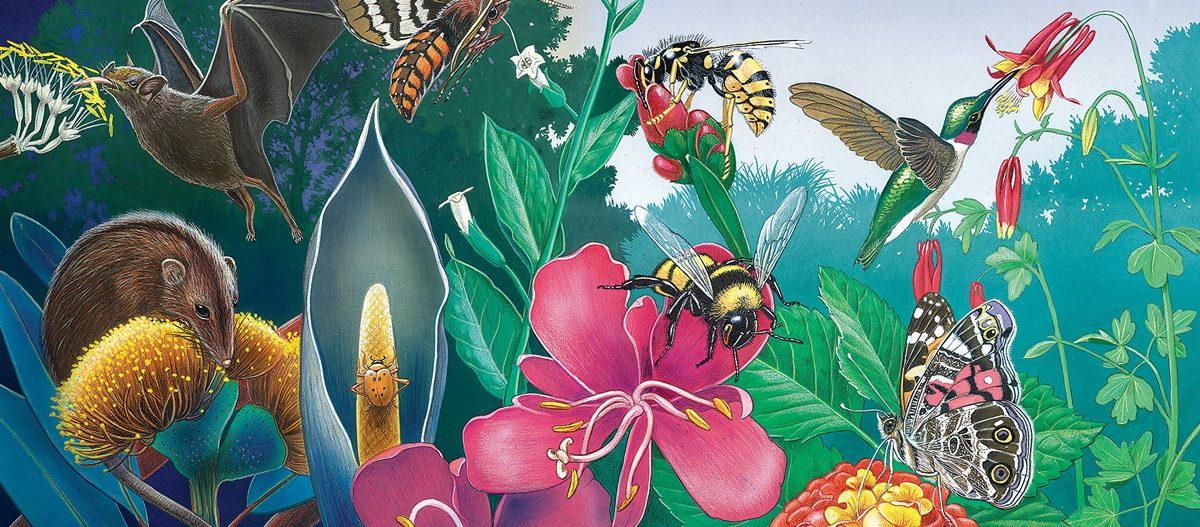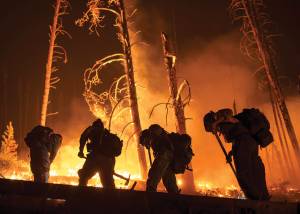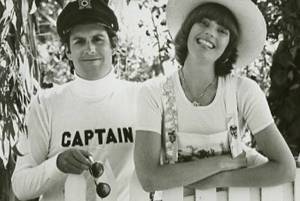By SUZANNE WARING
I attended a meeting that had nothing to do with agriculture or gardening when squash blooms became the discussion topic.
One member mentioned it is sometimes helpful to pollinate squash blooms by swishing a feather around in a male bloom, picking up the golden pollen and transfering it with a swish to a female bloom.
Other members of the group were mystified with the idea of do-it-yourself pollinating. Maybe that is because they were surprised the speaker didn’t simply rely on bees. Or at a larger dimension, they had never thought about the importance for the pollinating process of food-bearing plants.
What are pollinators?
It would be virtually impossible for us to personally pollinate all of plants needing pollinating. That’s why we depend on little creatures to do it for us. The pollination process can occur through self-pollination within a plant’s bloom, or by wind and water pollination, but mostly through the work of creatures, like bees, that move pollen within the flower or from bloom to bloom, so the edible portion from the tree or plant sets on.
Animal pollinators, especially bees, are critical for producing more than one-third of our food products. In addition to honey bees, pollinators include butterflies, moths, beetles, wild bees, flies, wasps, birds, bats, and other small insects.
Why are pollinators important?
Without pollinators, the human race would not survive. This is a bold statement, but it is true. Of the 1,400 crop plants that produce all of our food and plant-based industrial products, almost 80 percent requires pollination by animals. Bee-pollinated commodities account for $20 billion in U.S. annual agricultural production and $217 billon worldwide.
Pollinator Populations at Risk
In addition to mites, disease, and other natural conditions that kill off bees and other pollinating populations, man-made conditions are a threat to pollinators. Severe events due to climate change are harmful to pollinators as well as to humans.
Pollinators are also at risk because of decreased nesting habitat and diminishing flowering vegetation. Since 1980, the amount of open land in the United States has dropped 13 percent, according to the U.S. Department of Agriculture. Much of it now is covered by asphalt, housing subdivisions, and big-box stores. Without that habitat, the flowering vegetation where bees obtain their food decreases, and bees die of starvation.
Bees are also dying because of the chemicals we use on our plants. Neonicotinoid, glyphosate, and chlorpyrifos are chemicals toxic to bees.
Neonics weaken Bees’ immune systems and impair their critical brain functions. The Environmental Protection Agency (EPA) has failed to ban this toxic chemical.
Glyphosate, with the brand name of Roundup, is the leading weed-killing product in the world. It has also been the leading cause of a decreased butterfly population. Chlorpyrifos is a nerve-agent pesticide that threatens the survival of bees and other pollinators. The E.P.A. has banned household uses for chlorpyrifos in 2000, but continues to allow agricultural producers to use it.
Benjamin Kelly of the Idaho Honey Industry Association said the biggest problem with using chemicals around bees is the lack of communication. Often farmers will forget to notify the beekeepers who have hives on farmers’ land when the spraying of a nearby field is planned.
What we can do
We need to look around to find out how others are living and growing crops without these chemicals. Organic farming is becoming recognized for its profitability. New procedures for eliminating weeds and pests have become successful.
Many farmers are now devoting the edge of their fields to pollinating strips. There they plant wildflowers that will reseed and grow year after year. These farmers are also asking beekeepers to place their hives on these pollinating strips, so bees will also pollinate nearby crops. Crop yield is often found to be higher when the beehives are nearby.
In many cities, vacant lots are made into community and pollinating gardens. Urban dwellers can have flower boxes and pots of flowers that pollinators especially like. Seed catalogs provide lists of flower seeds specifically for attracting pollinators.
Those who live in the suburbs can devote a strip of undisturbed yard to pollinators. One strip can lead to a neighbor’s strip.
Montana is among the five largest beekeeping states in the country. It boasts 86 commercial beekeepers having at least 10 hives. Seven of those are large honey suppliers. Idaho has 70 commercial beekeepers. Of them, one-fourth bottle honey themselves; the rest sell to larger distributors for packaging. Buying honey locally will support these beekeepers that help our local agriculture thrive.
We can’t delay protecting bees and other small creatures that pollinate. For the future of our food, we must start now before it’s too late. ISI









